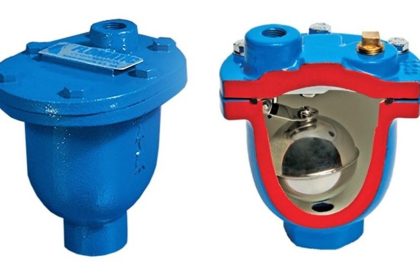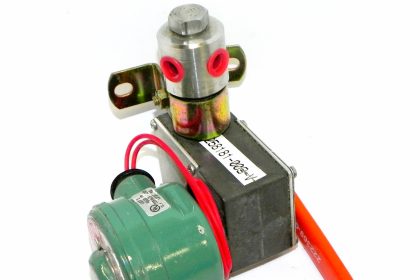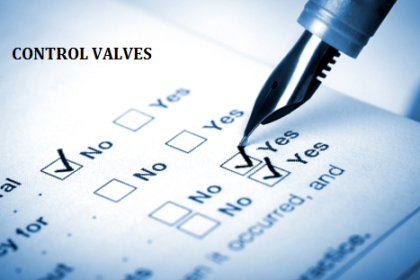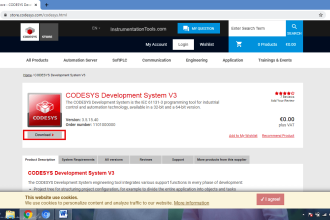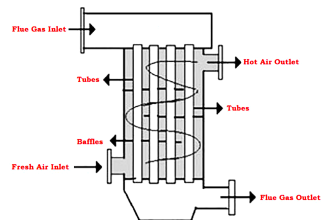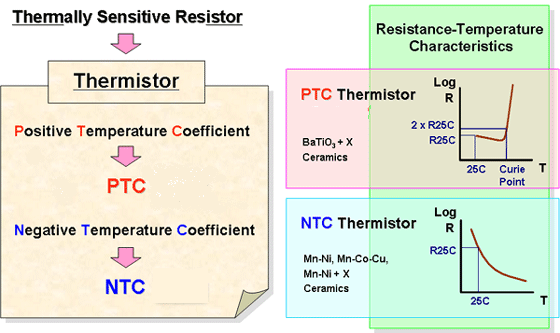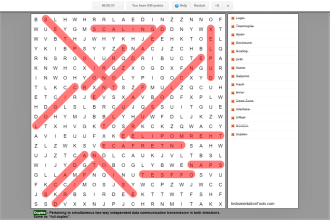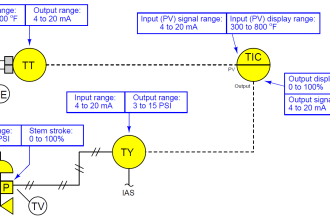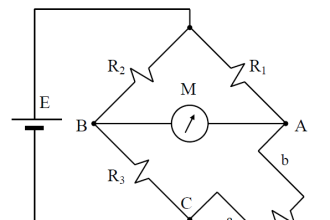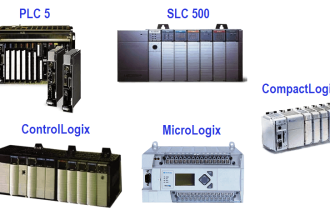In this post, we will learn the difference between the solenoid valve and the motorized valve.
Valve is a very important element used in almost every industrial process. It can be simply defined as a gate in the process. When you have to pass any media (liquid, gas, or vapor) from an inlet position to an outlet position, a valve is required in between to control the flow of the media.
The valve will act as a gate that will regulate the flow of media to the outlet. It determines whether to pass or not the fluid or determines only a certain percentage of fluid to pass.
The two most commonly used types of valves are – solenoid valve and motorized valve.
What is a Solenoid Valve?
The solenoid valve works on the principle of electromagnetism. It consists of a wire coil that works like an electromagnet. This coil controls the movement of a mechanical plunger, which ultimately controls the flow of fluid passing through it.
Now, you must be knowing that when an electric current is passed through a magnetic coil, a strong electromagnetic field is generated. The same theory works with this valve.
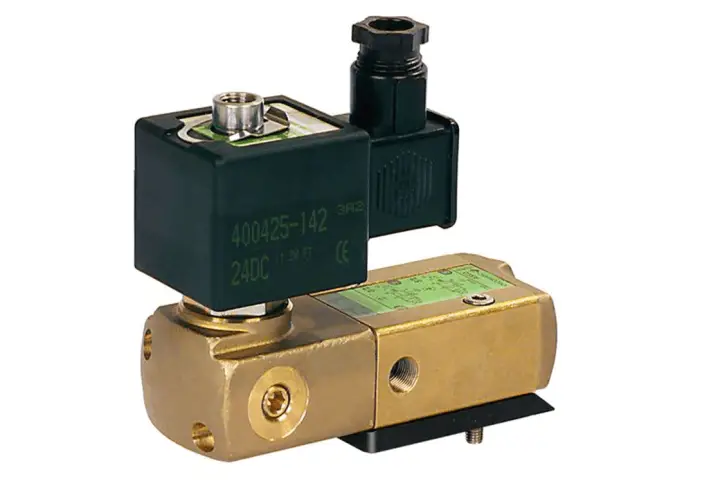
When the coil is energized by an external supply voltage, as it is magnetized, an electromagnetic field is generated. This field attracts or repels the movement of the plunger, as it is very strong.
When energized, the plunger opens the blockage of the fluid and allows the fluid to pass. When the coil is de-energized, the plunger again closes the opening due to force removal and blocks the passage of fluid. In this way, it can be termed as a digital output for PLC – either on or off.
What is a Motorized Valve?
As the name implies, the motorized valve works on the principle of motor movement. An electric motor is mounted on the valve and geared to the valve stem so that when the motor operates the valve will open or close.

As a motor is used, it is too operated by an electrical supply. The motor operation is very slow and controlled. When you turn on the motor valve by an external voltage supply, it opens the throttle in a ramped-up slow way.
When you turn off the motor valve, it closes the throttle in a ramped-down slow way. This allows the passage of fluid properly. This motorized valve can be analog or digital PLC output.
Difference Between Solenoid Valve and Motorized Valve
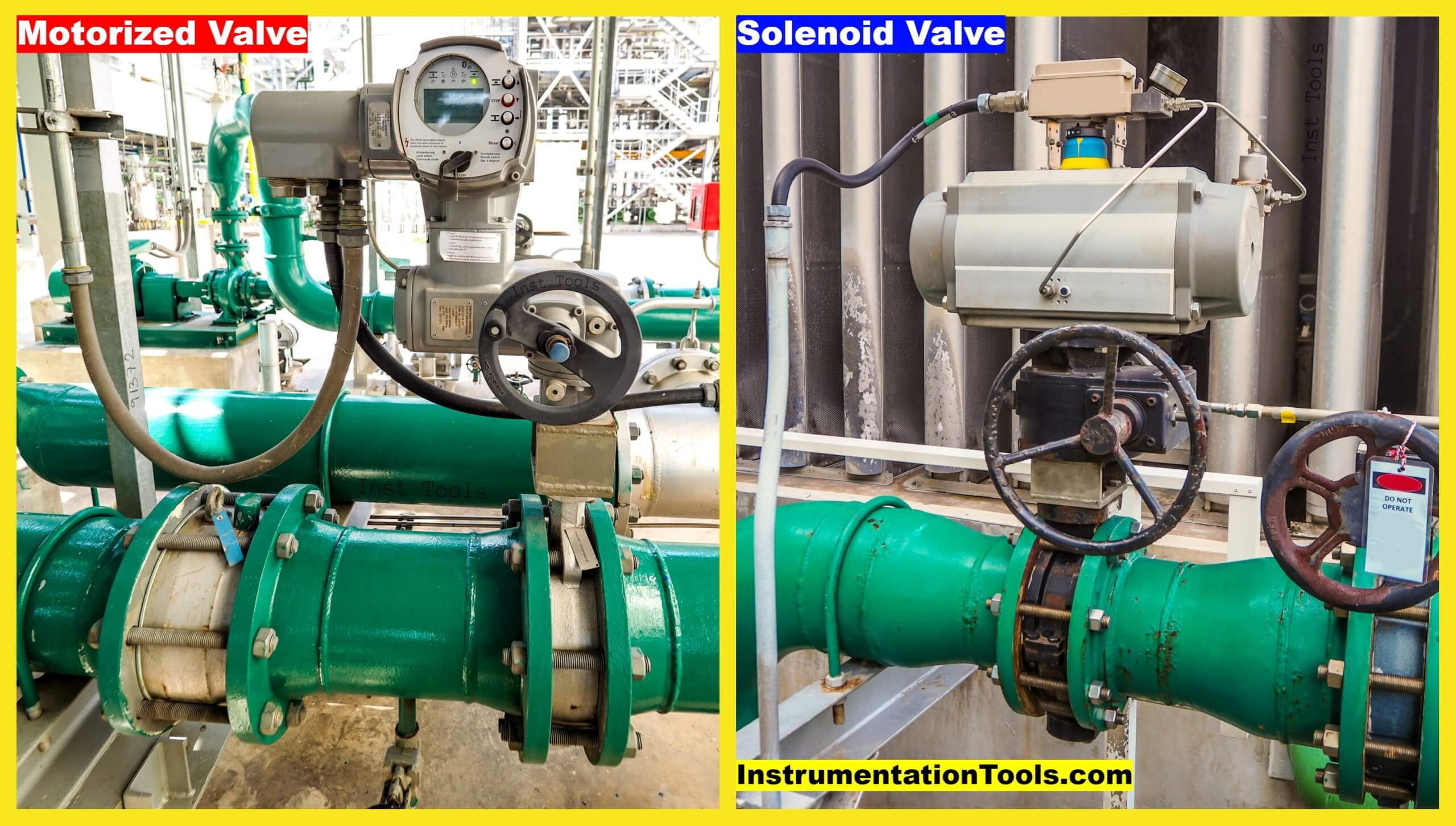
Some of the main points and differences between the solenoid valve and the motorized valve are mentioned below.
- A solenoid valve works on electromagnetism, whereas a motorized valve works on the electric motor.
- As the solenoid valve magnetizes and operates quickly in response to the electric current, the response is very fast. But, this rapid control does not provide a smooth passage of fluid. In contrast, the motorized valve operates very slowly in response to the electric current. The response is slow, but the control of fluid is precise and accurate.
- A solenoid valve is a digital output for PLC; whereas a motorized valve can be a digital or analog output for PLC. If it is analog output, then the PLC will not fully open or close every time, but can control its opening or closing to the required setting (means either 50% or 75% or any other percentage).
- The solenoid valve is not suitable for high-pressure media. As the valve is opening and closing quickly (mostly in a second), then there are chances that either the valve will get damaged due to incoming high pressure or it may damage the pipeline, after prolonged use. A motorized valve on the other hand is suitable for any pressure media because it will accurately pass or block the fluid, and also not cause any load on the pipeline.
- The solenoid valve can be categorized into two-way, three-way, or four-way valves. The motorized valve can be categorized into quarter-turn, linear, or multi-turn.
- The power consumption of a solenoid valve is low as compared to a motorized valve.
- The maintenance required for a solenoid valve is more than for a motorized valve.
- Many motorized valves come with a mechanical operation where once you command the motor to operate, it will do, and then even if you remove the power supply afterward, it will hold in that position; unless given another control command by the PLC. This reduces heat dissipation and also improves energy efficiency. This feature is very rare in a solenoid valve, as it will continuously require a control supply to hold a certain position.
- Solenoid valves are mainly used in small diameter and small flow occasions; the switching speed is extremely fast; the coil has poor resistance to voltage shock and is easily damaged; it has high requirements for the cleanliness of the medium. Motorized valves are mainly used in occasions of large diameter and large flow; the switching speed is relatively slow; the ability to withstand voltage shocks is strong, and the failure rate is low; there are basically no special requirements for the cleanliness of the medium.
- A solenoid valve is usually used in open-loop control, whereas a motorized valve is used in closed-loop control.
- Solenoid valve must be always installed in a horizontal position, due to its mechanical structure and sealing inside it. This is not the scene in the motorized valve, as it can be installed anyhow.
- The lifetime of the solenoid valve is shorter than a motorized valve.
In this way, we understand the difference between a solenoid valve and a motorized valve.
If you liked this article, then please subscribe to our YouTube Channel for Electrical, Electronics, Instrumentation, PLC, and SCADA video tutorials.
You can also follow us on Facebook and Twitter to receive daily updates.
Read Next:
- Control Valve Maintenance
- How to Install a Control Valve?
- Motor Operated Valve Problems
- Linear and Rotary Actuators
- What is a Float Control Valve?

